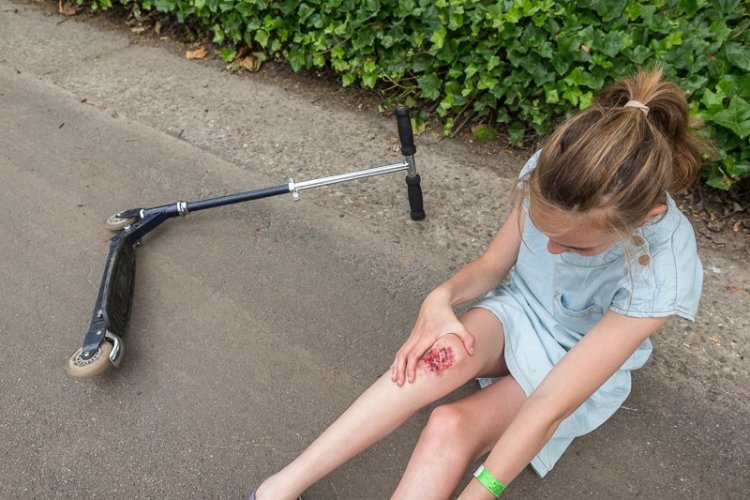Survey on factors associated with helping behaviour when witnessing an accident
09/02/21

First aid is the immediate help provided to the ill or injured. Although it can be lifesaving, many people refrain from helping when encountering a person in need. To find out which accidents people are most likely to encounter in daily life and how they respond, the Global Disaster Preparedness Center (GDPC) and the Global First Aid Reference Centre (GFARC) distributed an online survey. These centers are both reference centers of the International Federation of Red Cross and Red Crescent Societies. At CEBaP, we analyzed the survey results after the data had been collected.
The majority of the 59,477 survey respondents lived in Europe (91.1%) and more than half of them (51.9%) had encountered at least one accident in the previous five years. The most commonly reported types of accident were malaise or discomfort, and also several types of skeletal trauma (limbs, skull, spine). First aid was provided in 70.2% of accidents and emergency services were called in 72.0% of accidents.
Age, gender, WHO region, type of accident and environment of the accident were all significantly associated with whether people provided first aid and called the emergency services or not. People who were trained in first aid were more likely to provide first aid or to call for emergency services than untrained people (p<0.0001). This study also confirmed the need for lifelong learning of first aid, as young people (0-18 years) and older people (>65 years) were less likely to provide first aid and call the emergency services. Moreover, the results suggested that women were less inclined to put their first aid training to use when encountering accidents than their male counterparts. National services may need to adapt their offer of first aid courses as well as their communication towards these groups.
It is important to note that due to the online format of the survey and self-selected participation, the study sample is unlikely to be representative of the global population. People who live in areas with better access to internet or who have a higher online presence are overrepresented in our study. Likewise, people who are trained in first aid may have been more motivated to participate in a first aid survey.
For a more in-depth look into the data, you can browse through our peer-reviewed publication.
